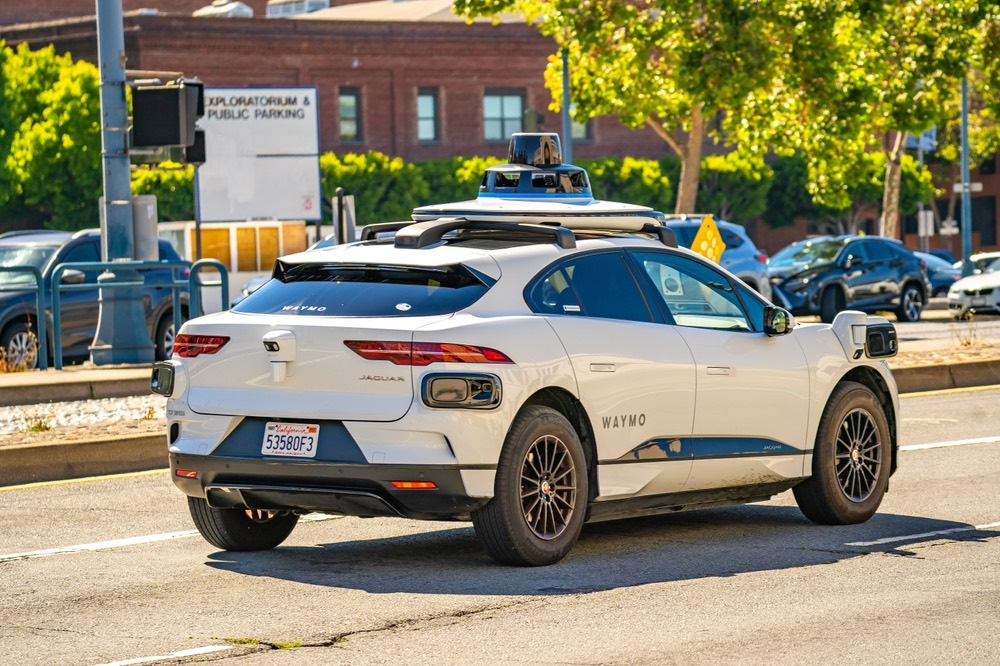Confused Waymo cabs cause traffic chaos
Since November 2022, the self-driving Waymo taxis in San Francisco have been allowed to operate without human security guards behind the wheel. There doesn’t seem to have been any major problems since then. However, the vehicles cannot cope with fog.
This is a particular challenge in the California metropolis, where the nebula dubbed “Karl” is a common occurrence. As was shown on Tuesday, the visibility conditions that occur can disrupt the vehicles’ sensors so much that the Waymo taxis can no longer continue.
Editor’s Recommendations
Because five of the cars simply stopped in the middle of the street in thick fog, there was a traffic jam that led to traffic chaos in the early hours of the morning, like this San Francisco Chronicle writes. Only when the fog cleared did the vehicles start moving again.
Waymo has been aware of the problem of self-driving vehicles with fog for some time. A blog post from 2021 said of the effects fog can have on sensors: “Fog is tricky – it comes in different densities, can have gaps and affect a vehicle’s sensors differently.”
The Waymo taxis are equipped with numerous sensors. This includes four rotating lidar sensors, six radar sensors, 14 cameras and eight ultrasonic sensors. Additional sensors monitor the wheels, brakes and steering wheel.
Waymo explained that the company plans to update the software to improve the vehicles’ performance in fog and when parking. It is not known when such an update will come.
How well the self-driving cars from Waymo and competitor Cruise fare in their journeys is largely a mystery. The Alphabet/Google and General Motors corporations don’t really want to let anyone look at their cards – which the authorities don’t like, of course.
According to a report by the California supervisory authority CPUC, Waymo taxis are said to have had two collisions between the beginning of December 2022 and the end of February 2023. In 18 cases there were complaints about a lack of security.
However, the CPUC report is based on information from Alphabet/Google. The company withholds further information from the authorities, such as the number of passengers and the corresponding boarding and alighting as well as the charging infrastructure The Register writes.
Data on traffic disruptions caused by self-driving cars, such as fog, are not (yet) systematically collected in San Francisco. Observers are dependent on reports from drivers and city employees.
One studywhich the researchers Barry Brown, Mathias Broth and Erik Vinkhuyzen want to present at the end of April at the ACM CHI Conference on Human Factors in Computing Systems in Hamburg, meanwhile sees less of a problem on the technological side.
From 1881 to today: The history of the electric car in pictures
Rather, the interaction of people with self-driving vehicles is a potential threat to road safety. The vehicles examined by the researchers would usually drive safely through traffic. However, they left “a trail of confusion” for other road users.
“Confusion about intent [der selbstfahrenden Autos], especially when driving at high speed, can easily lead to collisions or other problems on the road,” the study concludes. In their investigation, the researchers used publicly available videos of Tesla and Waymo vehicles.



